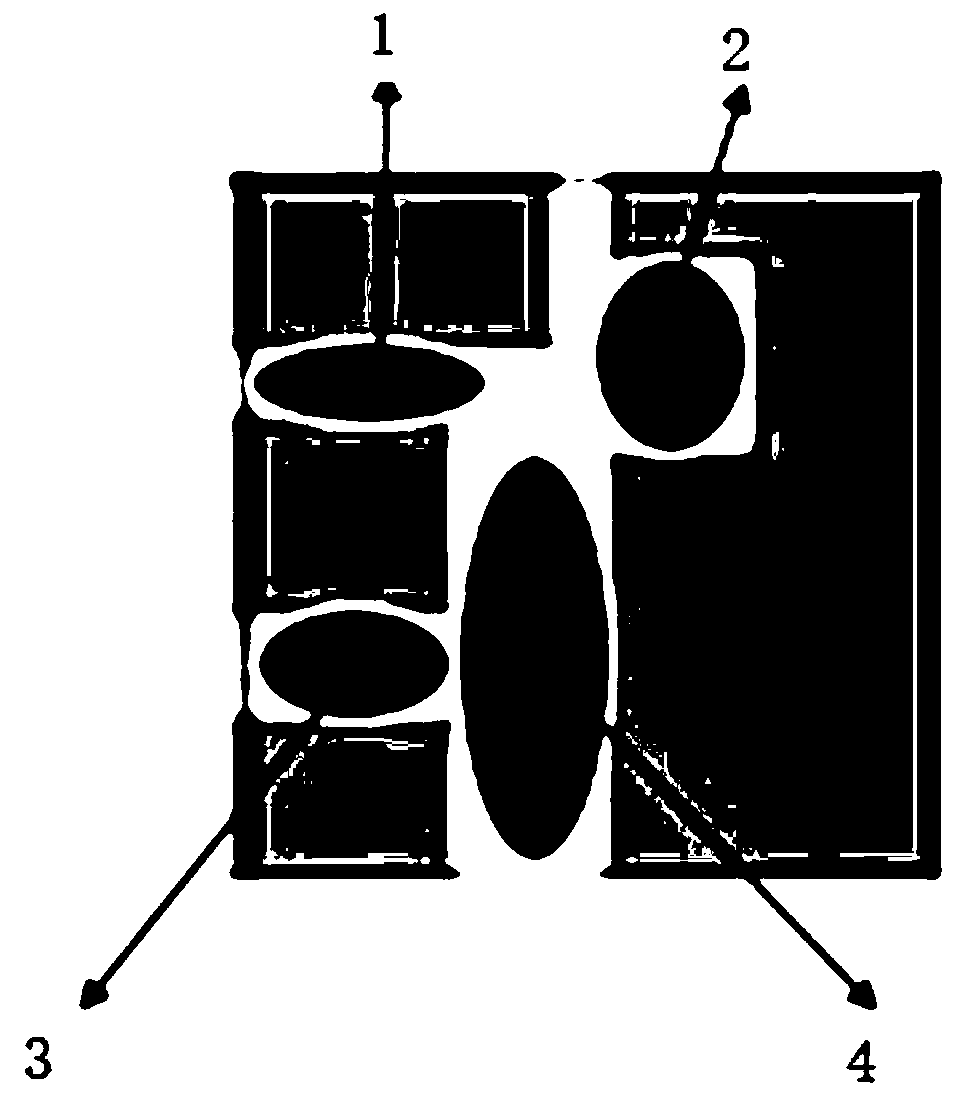Smart city management platform for realizing accurate positioning of a user
A technology for urban management and precise positioning. It is used in services, instruments, characters, and pattern recognition based on location information. It can solve problems such as labor-intensive, inability to achieve more accurate positioning, and poor results.
- Summary
- Abstract
- Description
- Claims
- Application Information
AI Technical Summary
Problems solved by technology
Method used
Image
Examples
Embodiment Construction
[0107] The embodiments of the present invention are described in detail below. This embodiment is implemented on the premise of the technical solution of the present invention, and detailed implementation methods and specific operating procedures are provided, but the protection scope of the present invention is not limited to the following implementation example.
[0108] like figure 2 As shown, this embodiment includes:
[0109] Abnormal data elimination model, which is used to eliminate abnormal data according to reasonable values;
[0110] Road user identification model, which is used to identify road users as users with faster speeds, users waiting for traffic lights, and users with similar trajectories on the road;
[0111] The indoor user identification model is used to identify indoor users;
[0112] GIS map grid division model, which is used to determine the range of the grid that needs to be divided, and divide it according to the set size;
[0113] Sub-grid div...
PUM
 Login to View More
Login to View More Abstract
Description
Claims
Application Information
 Login to View More
Login to View More - R&D
- Intellectual Property
- Life Sciences
- Materials
- Tech Scout
- Unparalleled Data Quality
- Higher Quality Content
- 60% Fewer Hallucinations
Browse by: Latest US Patents, China's latest patents, Technical Efficacy Thesaurus, Application Domain, Technology Topic, Popular Technical Reports.
© 2025 PatSnap. All rights reserved.Legal|Privacy policy|Modern Slavery Act Transparency Statement|Sitemap|About US| Contact US: help@patsnap.com



